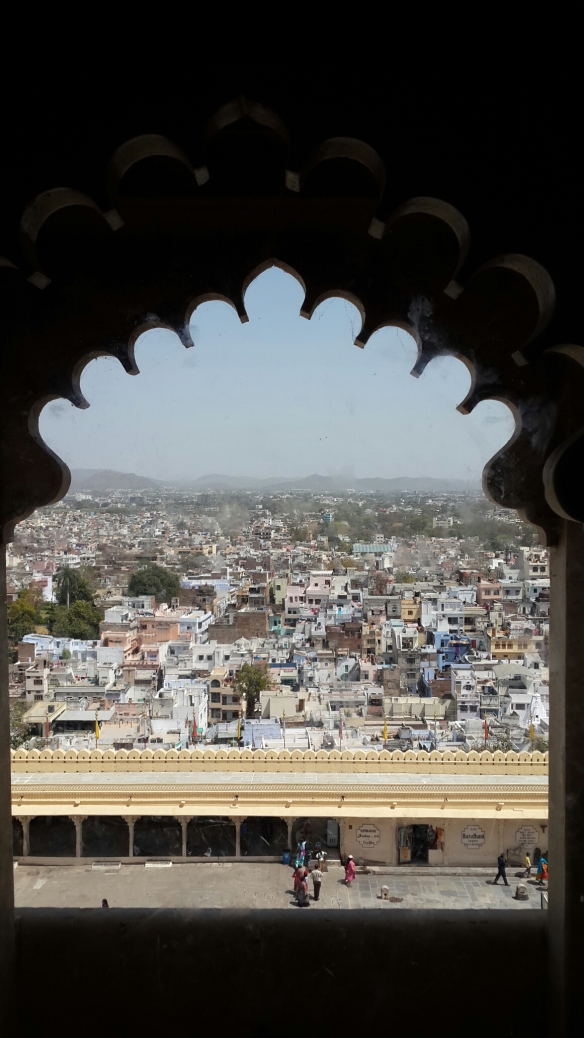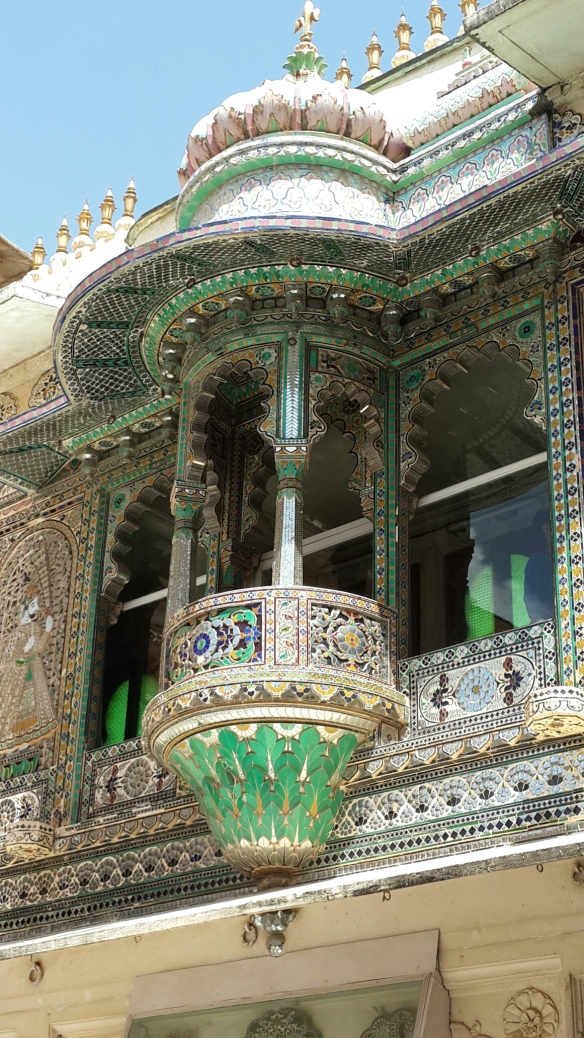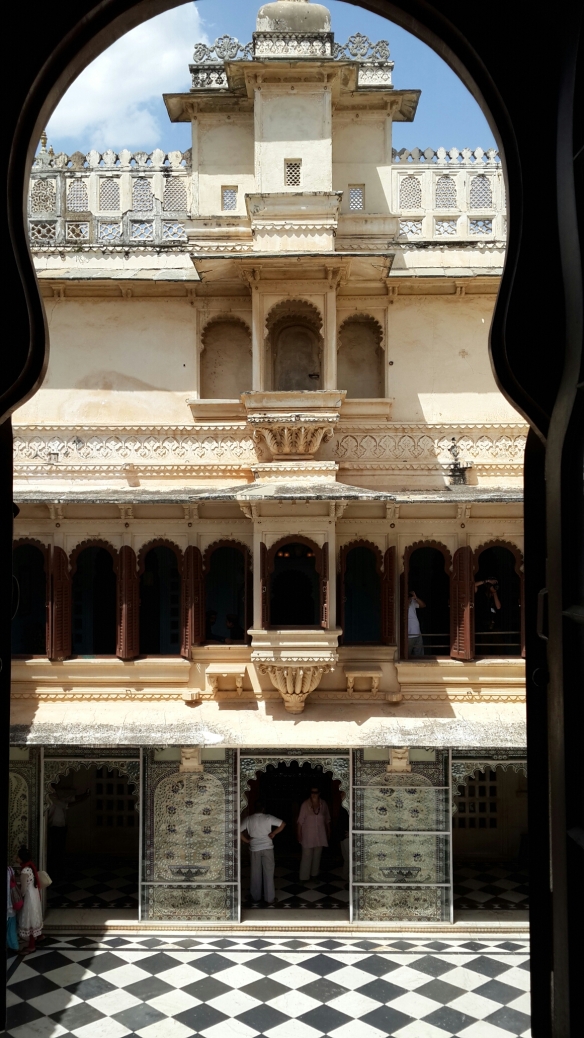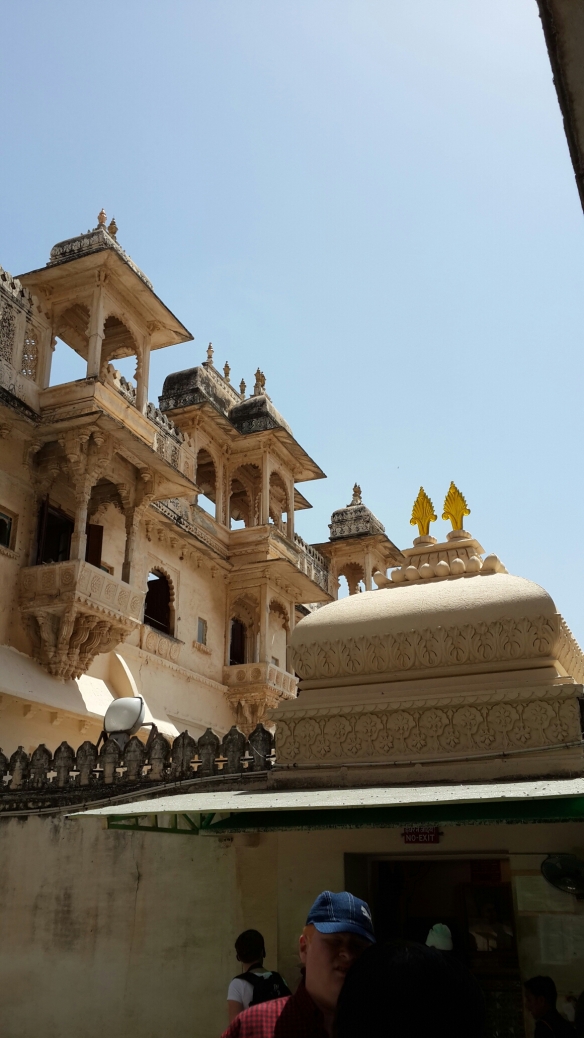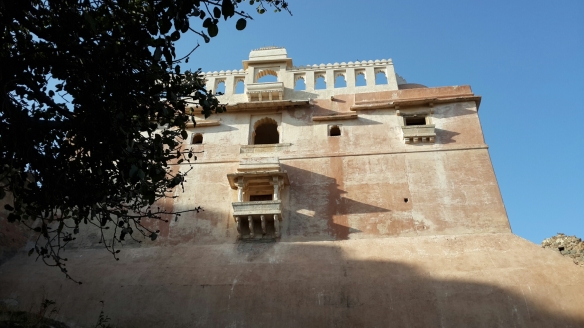In Indian architecture there are features like pavilions, courtyards, terraces, as well as threshold and realm accentuating transition. All these come together to articulate the space. To these new room are also added. These structure can also be a part of temple, palaces, ghat and institutional buildings. These features show the simultaneous existence versatility and anonymity. In essence, the meaning emerges from the context and the manner of its application.
Indian architecture, generally speaking, conjures up images of huge temple spires and gateways, large fortified palace complexes, mosques and tombs. On the other hand, there is the mundane domestic architecture with its occasional flair for refinement. Yet there are features that retain continuity and scale, playing an instrumental role in the characterization of Indian architecture.
Styles of Rajasthani architecture include:
Jharokha
Chhatri
Haveli
Stepwell
Johad
Jaali
Jharokha: It’s a type of overhanging enclosed balcony which is commonly found in palaces, havelis and temples in Rajasthan. This balcony is normally a stone window. Jharokhas jut forward from the wall plane and can be used for either adding to the architectural beauty of the building itself or for a specific purpose.
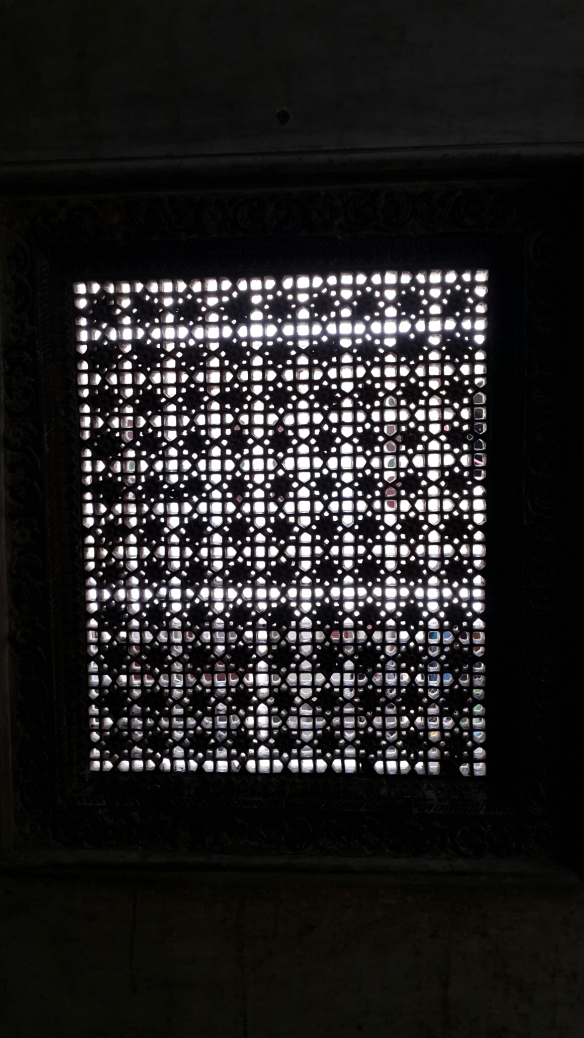
In the ancient times, the women in purdah could see the events outside without being spotted themselves.
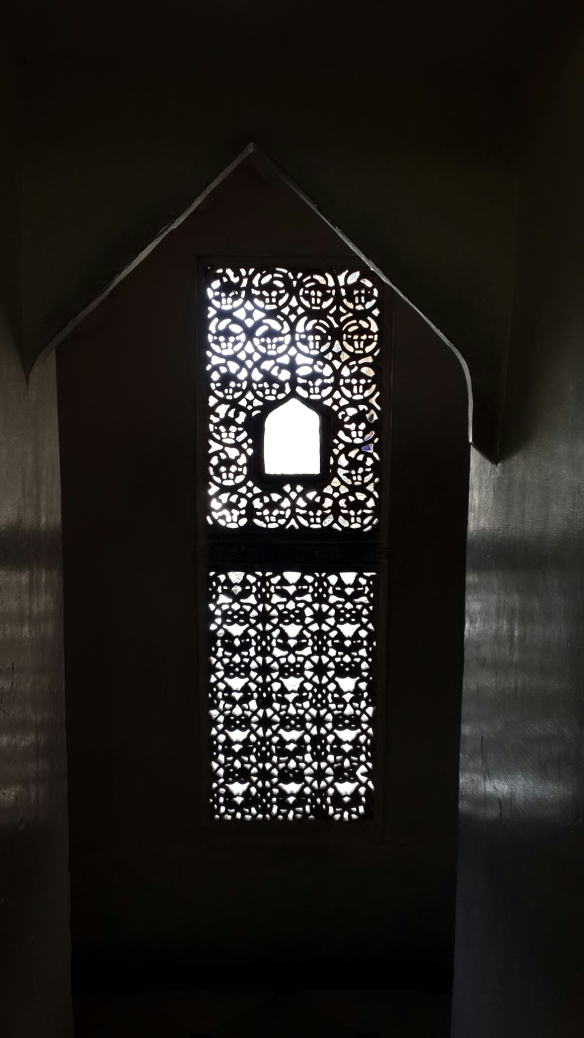
In the ancient times, the women in purdah could see the events outside without being spotted themselves.
The projected balcony, which is an essential element of the Rajasthani Architecture, served as a decoration piece and as a viewing platform. Many jharokhas also have chhajjas attached to them.
Some images of Jharokhas here…
An effort to understand space in Indian architecture can draw on the simple and direct physical conditions of the environment prevailing at any place, thus giving meaning to the creation of spaces within specific physical parameters. Amongst these parameters, climate has a very deterministic role in shaping activity areas by creating indoor, outdoor and in-between spaces. Consequently, for Indian communities, ‘outdoor activity’ spaces acquire special significance.
Next serialised posts On Chhatri , Haveli , Stepwell ,Johad, Jaali …

